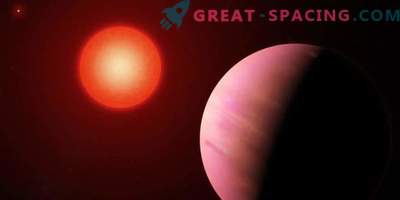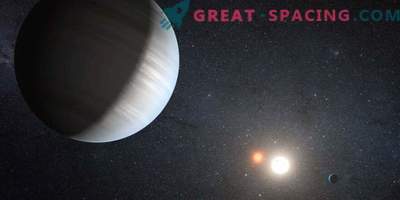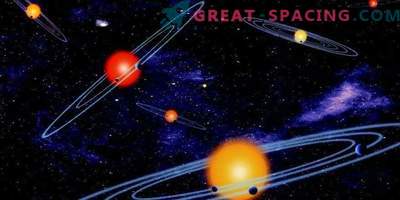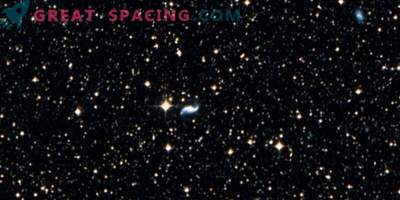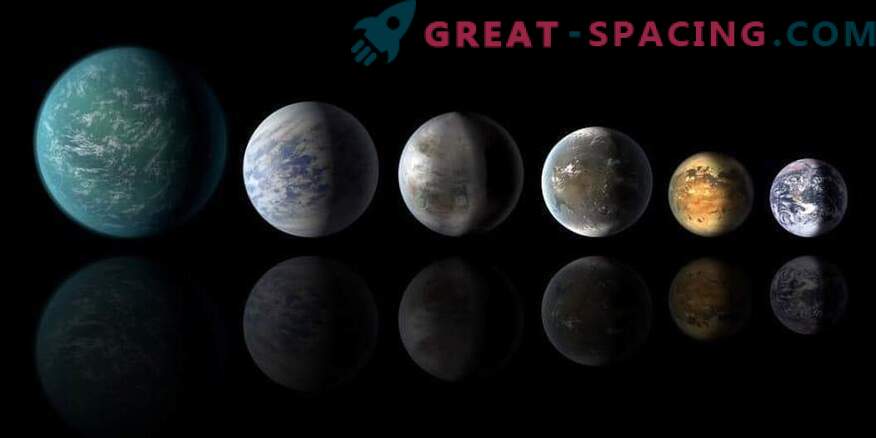
Researchers at the Massachusetts Institute of Technology analyzed the data from the K2 mission (NASA, Kepler) and found many possible exoplanets among the 50,000 stars. The discovery of specific 80 new candidates is reported, among which the greatest interest is chained to the planet around the star HD 73344 (the brightest stellar host for all of the mission observations).
Scientists say that the planet flies a star in 15 days. In size, it is 2.5 times larger than the Earth and 10 times more massive. Most likely, the surface temperature rises to 1200-1300 ° C. The planet is 114 light-years distant from us. Due to the proximity and rotation around a bright star, there is an assumption that this is an ideal candidate for analyzing the atmosphere and other characteristics.
Also do not forget to mention the speed of detection. Scientists used the institute’s special tools to quickly search for light intensity graphs (light curves) from each of the 50,000 stars and published information a few weeks after the K2 mission provided raw information. Usually it takes months and even a year.
This speed comes in handy when data from the TESS mission, intended for observing neighboring stars, begins to arrive.
Dip Speed
The group analyzed data from the 16th and 17th K2 campaigns, each of which watched the sky for 80 days. The telescope is in Earth orbit and moves with the Earth during its orbital rotation around the sun. That is, when shifting, it stops observing specific stars for a year and moves on to others. New speed allows you to observe the planetary candidates before the Earth passes by.
During the C16, K2 observed 20,647 stars (from December 7, 2017 to February 25, 2018). On February 28, the mission released data in the form of pixel images for the astronomical community. As a result, further analysis allowed to isolate 1000 out of 20,000 stars. Then, scientists followed them in search of signs of transit and found 30 candidates for exoplanets. A similar number was derived in C17.
Peak Stars
Usually the nature of the stars does not change throughout the year. But, the faster the scientists can trace the possible planetary transit, the more likely that the planet exists. After all, it is impossible to predict exactly when a transit event will occur.
After the results were published, scientists found 4 more candidates for exoplanets, including the world around HD 73344. The star's brightness and the speed of a planetary candidate will help to reset all the more specific features of this system.
